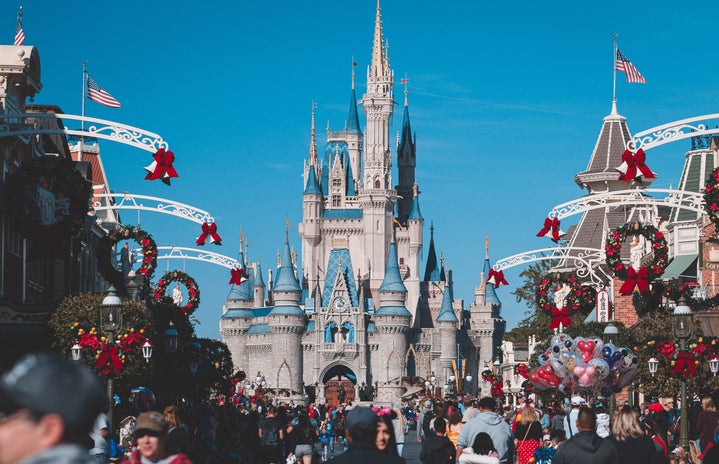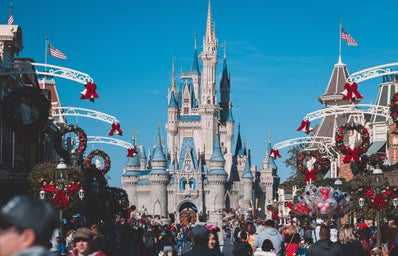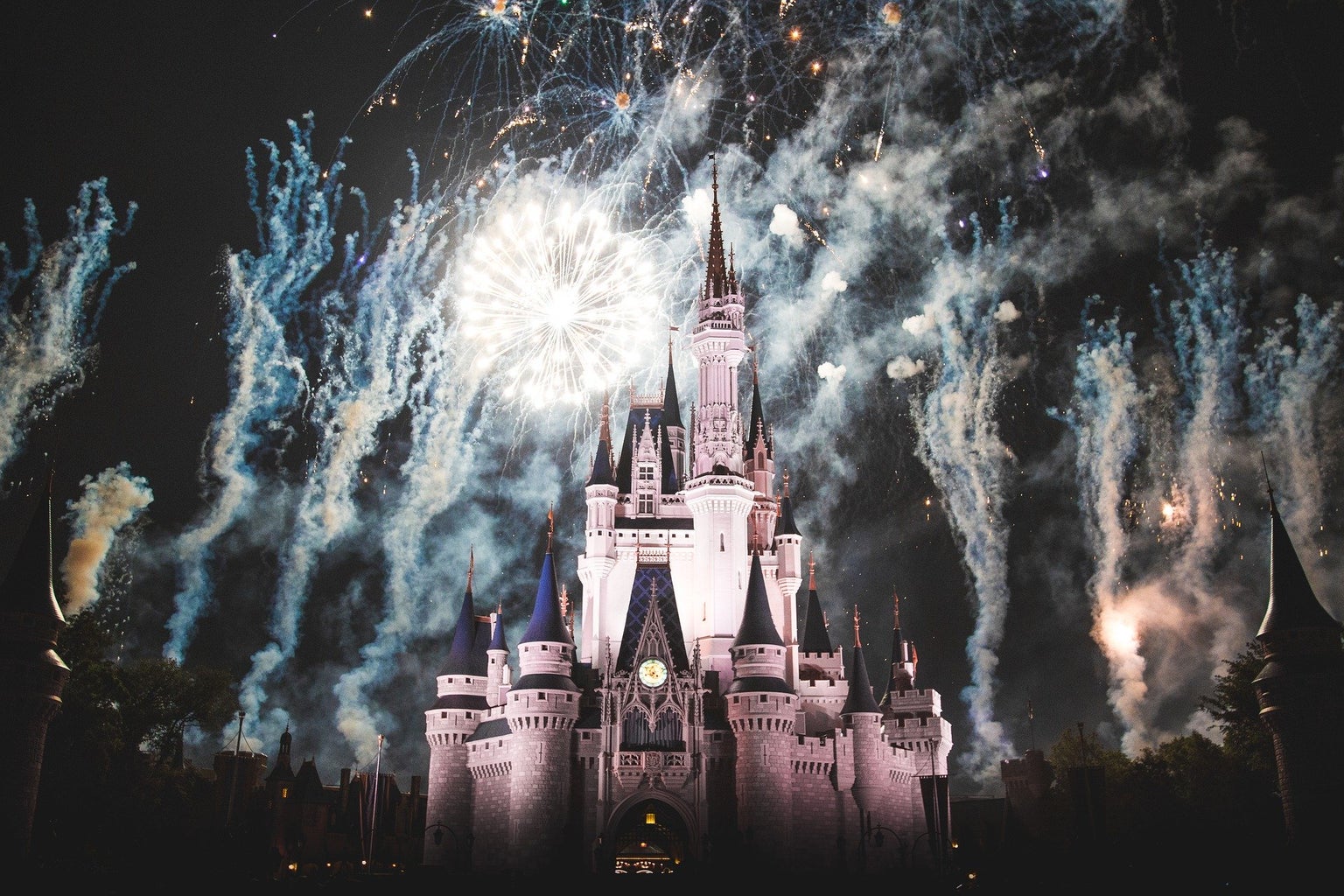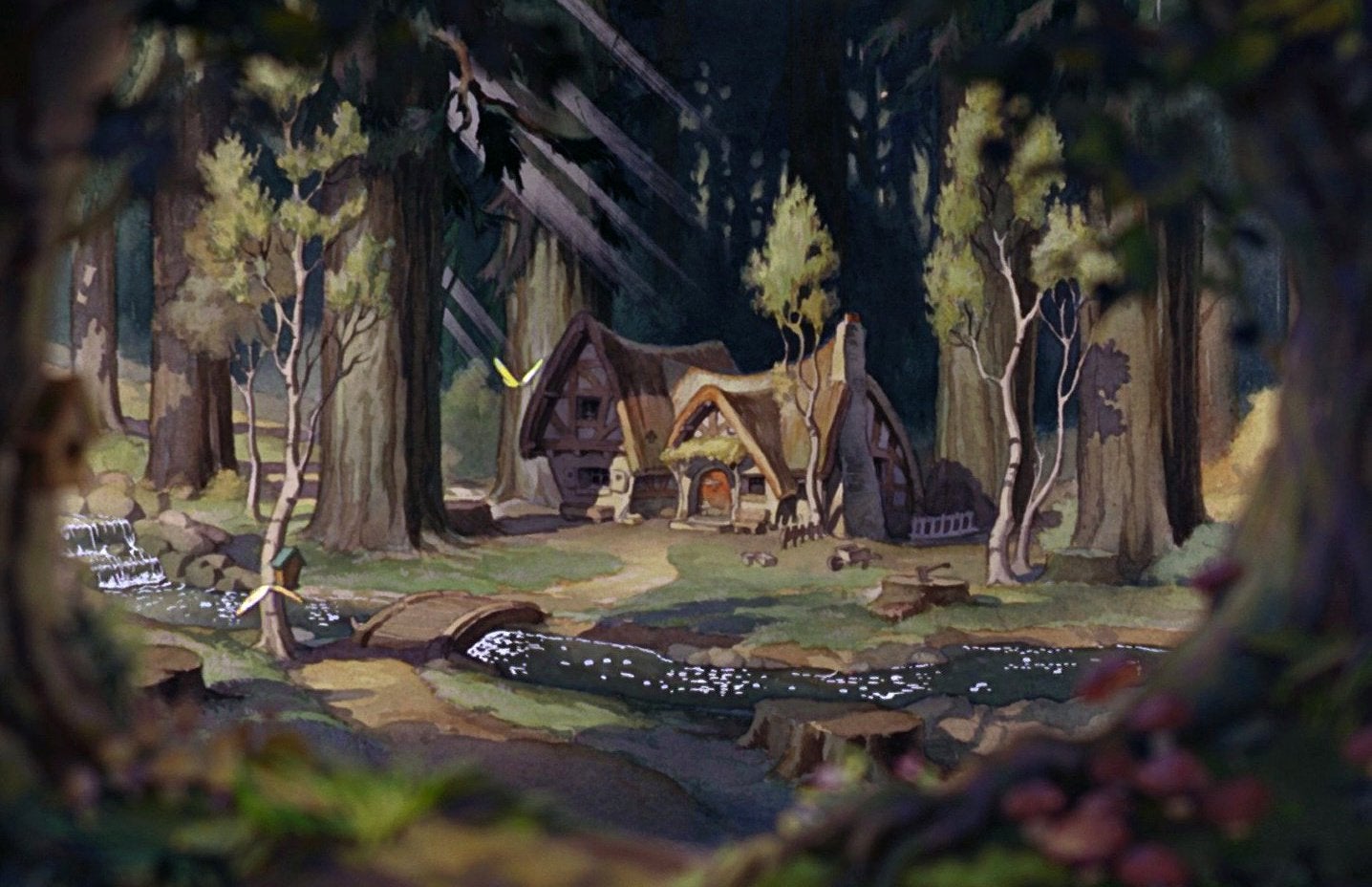As someone who didn’t necessarily grow up watching classic Disney films like Snow White and the Seven Dwarfs or Princess and the Frog, I instead grew up with Disney Channel movies such as Lemonade Mouth and Wizards of Waverly Place the Movie. These films shaped who I became as an adolescent and it largely impacted how I viewed myself and life in general. With this in mind, these forms of entertainment prove themselves to withhold the power to dramatically impact how young children consume or understand their identity, even at a very young age. These films have implicit messages that are being carved into a young child’s mind without them even realizing, such as the way in which female characters are portrayed as damsels in distress.
In honor of National Women’s History Month, I reflected on how films portray female characters as well as how the gender stereotypes have progressed over the decades — all while considering the effects it has on young girls especially. When I think of female leads in early film history like the classic Disney movies, characters that immediately come to mind are Aurora and Snow White, princesses who are notorious for being labeled as “damsels in distress” and are in need of a prince charming to save them. Of course, each Disney movie has its own plot and specifically for Snow White, she meets these seven dwarfs and is soon cursed when the wicked witch tricked her to eat a bad apple. But, if we look closely, Snow White is actually exhibiting gender stereotypes such as being tasked with domestic work. During the 90s, it was far too common for women to be a domestic housewife and it was unfortunately normalized in those times; thus, these films are a reflection of what was acceptable during the time period. Regardless, these films are not an excuse to neglect how it produces harmful ramifications for young girls who admire these princesses and see them as essentially their role models.
In the most implicit form, young girls view it as purely harmless as they do not have the developed cognition to understand that it is portraying female characters as weak and always requiring a more masculine prince to rescue them from danger. As those girls grow older, they will also begin romanticizing the idea of a heteronormative ideal man who comes to save her from all her troubles. These idealistic and romanticizing thoughts can lead them to view themselves as less capable without a man who helps them. I can personally attest to this because I grew up with the notion that I can pretend to be “helpless” by dropping my books at my locker and a charming male will come to help me all while I fall head over heels for him. As harmless as this cheesy and ridiculous idea was, it came from a place where I learned to have these thoughts — Disney Channel and books that reinforce women as the helpless damsel in distress. While I recognize that this is not true for every person who watches these Disney films, it is imperative to address the potential effects it has on young aspiring females who are primarily exposed to these films. But with these considerations in mind, simply obliterating these Disney Movies and ignoring historical mistakes is futile in and of itself — change requires steps that lead to societal reformation.
On that note, since the 90s, Disney films have been heading towards the direction of progressive change — dismantling these stereotypes and redefining how female characters are portrayed. In more recent movies like Encanto, Black Widow, and Hidden Figures, they emphasize female leads who represent strength and independence. Now, young girls can look up to these female characters and see themselves in their struggles but also successes; they are just as capable and can empower other young women in their journey. This drastic shift between the decades proves that society is moving towards a more liberal and progressive era that spurs women rather than degrading them. While many present films still lack in many ways to include or appropriately represent females in the movie industry, there has been a great improvement from the 1900s to now. Society may still have much to work on improving, but as for now, we can celebrate all the women who contributed to creating and pushing out a narrative that emboldens other women — whether in the industry or not.




